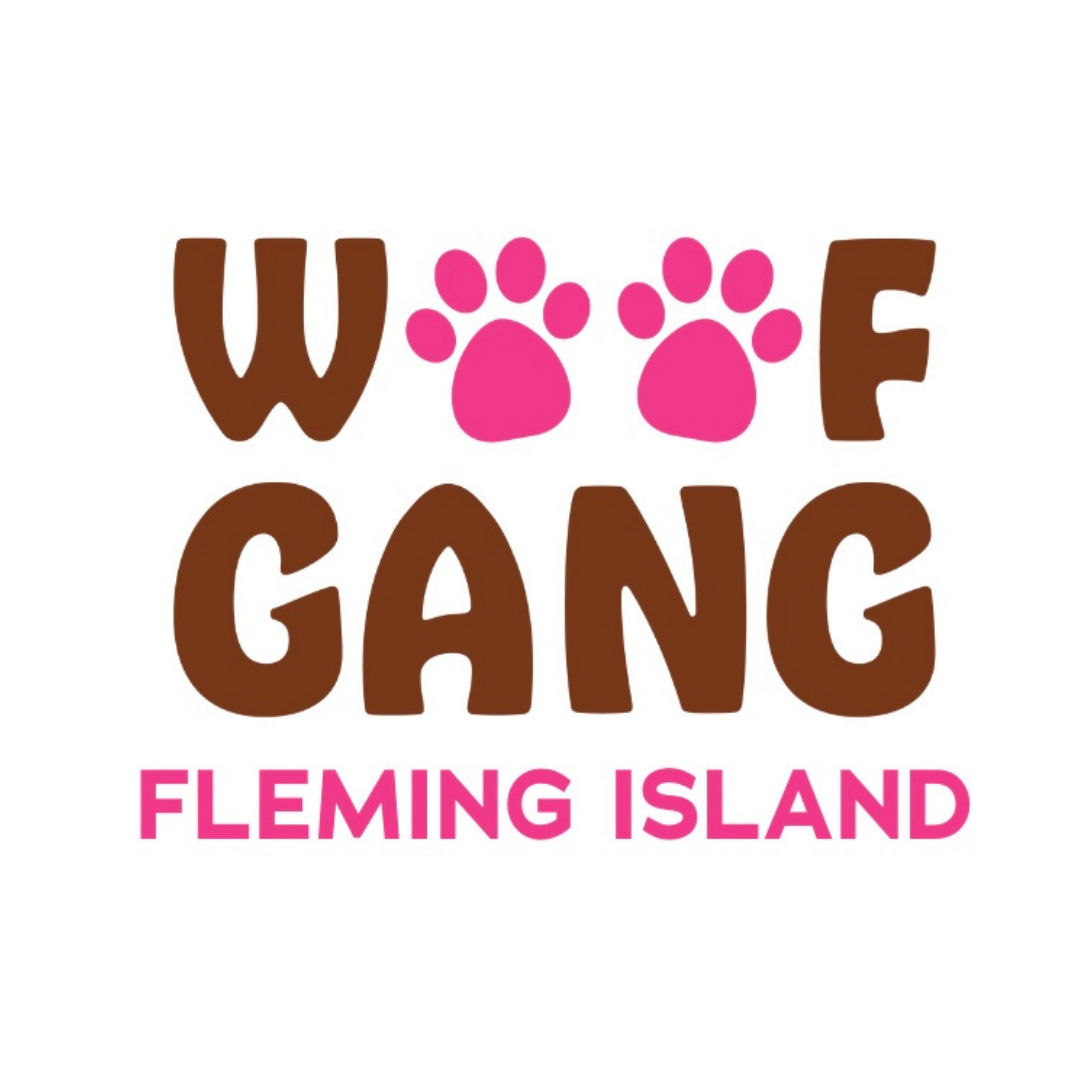Providing good nutrition is a proactive way to provide and maintain a healthy immune system. There are a variety of dog food options available on the market today for your dog's diet. Some of the options include Dry Kibble, Dehydrated foods, Canned Foods, and Fresh Frozen Foods.
There is no food single food that is perfect for every dog, pet parent, lifestyle, or budget, so we would like to share just a few of the advantages and disadvantages to each to help make your choices a little easier.
DRY KIBBLE ADVANTAGES
- Dry kibble is by far the least expensive option for feeding your dog.
- Kibble comes in many sizes and shapes so you can choose what your dog prefers. Foods like FROMM offer tiny kibble and also a larger size kibble for large breed dogs.
- Kibble is the most convenient option allowing you to scoop and go with little to no preparation or mess.
- Kibble works well in interactive feeders to slow your dog's feeding and make it entertaining.
DRY KIBBLE DISADVANTAGES
- Most kibble contains only 10-12% moisture, which is often not enough for proper digestion.
- There are many poor-quality kibble brands that include questionable ingredients such as dead or diseased animal parts, low-quality proteins, corn-based diets, chemicals, additives, food coloring, and toxic preservatives.
- Kibble is loosely regulated allowing substandard ingredients
- Kibble can provide a less pleasurable feeding experience for dogs and result in boredom.
- Kibble can be difficult for young puppies or older seniors because of it’s hard texture.
CANNED FOOD ADVANTAGES
- Canned food has much higher moisture content and makes an excellent option for dogs who tend to not drink a lot of water or suffer from dehydration.
- Canned food is less processed, leaving the protein in a more natural state than kibble.
- Canned food is often more palatable and helps prevent mealtime boredom. It’s an excellent option for picker eaters.
- When dogs are in stressful situations such as shelters or boarding facilities, often canned foods are preferred to encourage feeding.
- Because of the high moisture, you can feed a more substantial portion and consume the same amount of calories.
CANNED FOOD DISADVANTAGES
- Canned food is more expensive than kibble due to the packaging and extra moisture.
- Canned food must be refrigerated after opening, making this less desirable if traveling with small dogs who may not consume the entire can at once.
- Canned food can be a little messier for dogs.
FRESH FROZEN ADVANTAGES
- Fresh frozen and raw diets are made with fresh, unprocessed natural ingredients that provide maximum nutrient retention.
- Fresh frozen and raw diets offer a more biologically appropriate diet with high moisture that emulates a dog's natural diet.
- Allergies: Fresh frozen and raw diets often provide a reduction of allergy symptoms since the diet emulates a dog natural diet with fewer chemicals, fillers, artificial preservatives, artificial colors, and toxins.
- Clean Teeth and Fresh Breath: Fresh frozen and raw diets help dogs have Cleaner teeth and fresher breath because the enzymes in fresh raw meat is an effective abrasive to keep teeth clean and prevent tartar build-up.
- Weight Control: Fresh frozen and raw diets provide effective weight control for dogs because they’re higher in proteins and low in carbohydrates and fillers.
- Energy: A fresh raw diet gives your dog with more energy
- Healthy immune system: Less processed and supports an overall healthy gut and immune system.
- Digestion: Fresh frozen and raw diets are highly digestible
- Fresh frozen and raw diets can be fed as an entire diet or used as supplemental feeding to kibble, canned or dehydrated foods.
- Poop: Dogs fed a Fresh Frozen and raw diet have smaller and less smelly poops.
FRESH FROZEN DISADVANTAGES
- Fresh frozen and raw diets are generally more expensive than kibble.
- Less convenient: Fresh raw food must be refrigerated and often takes more planning on the pet parents to ensure food is thawed daily.
- Pet parents must maintain fresh frozen and raw diets at safe temperatures and use typical sanitation as they would take with any human food preparation.
- Fresh frozen and raw diets take up freezer space which can be difficult for those living in apartments with tiny freezers.
- Many boarding facilities that are not familiar with raw and do not have refrigeration available will not support raw feeding while you are away.
- Fresh raw frozen diets can be difficult to travel with
DEHYDRATED FOOD ADVANTAGES
- Dehydrated foods maintain the maximum amount of nutrients as only the moisture is removed.
- Dehydrated foods use fresh minimally processed ingredients
- Can be fed as an entire diet or used as supplemental feeding to raw, canned or kibble.
- Dehydrated foods are shelf stable for extended periods of times
- Dehydrated foods are more convenient to travel with than fresh frozen and raw diets.
- Dehydrated foods are very palatable and often an excellent option for picky dogs.
- Dehydrated foods can be reconstituted with water, goat milk, bone broth to provide variety.
DEHYDRATED FOOD DISADVANTAGES
- Feeding a diet of only dehydrated is likely the most expensive feeding option.
- Not a practical choice for large dogs as a full diet.
As a pet parent concerned with what your feeding, your dog is fortunate to have you. If you cannot afford to feed a fresh raw diet all of the time, or supplement part of the time, just do your best and know that your best is good enough!

